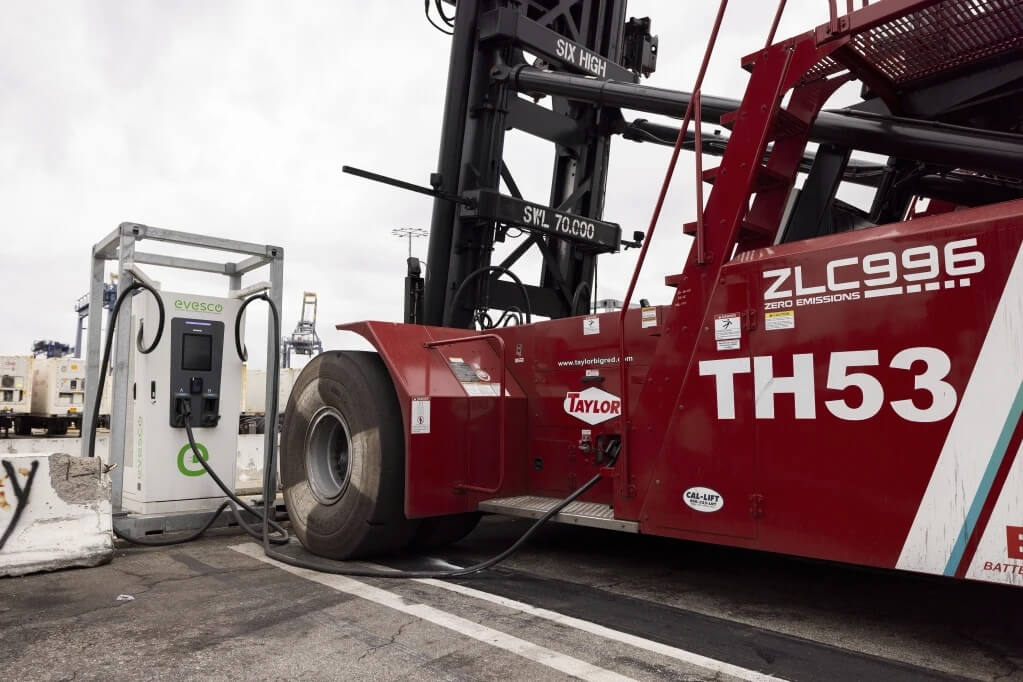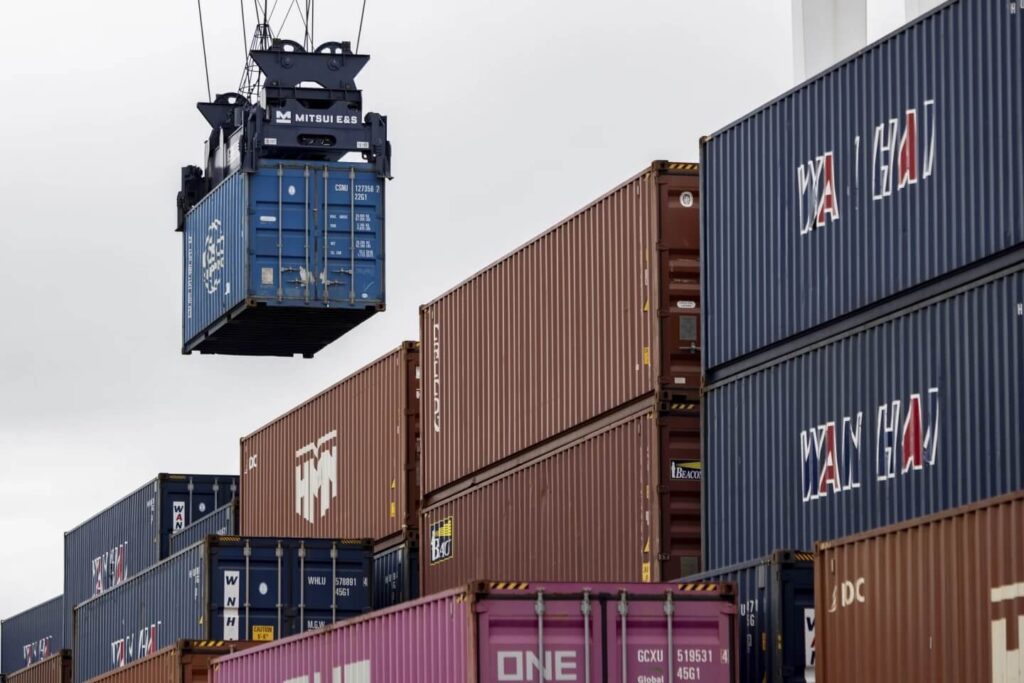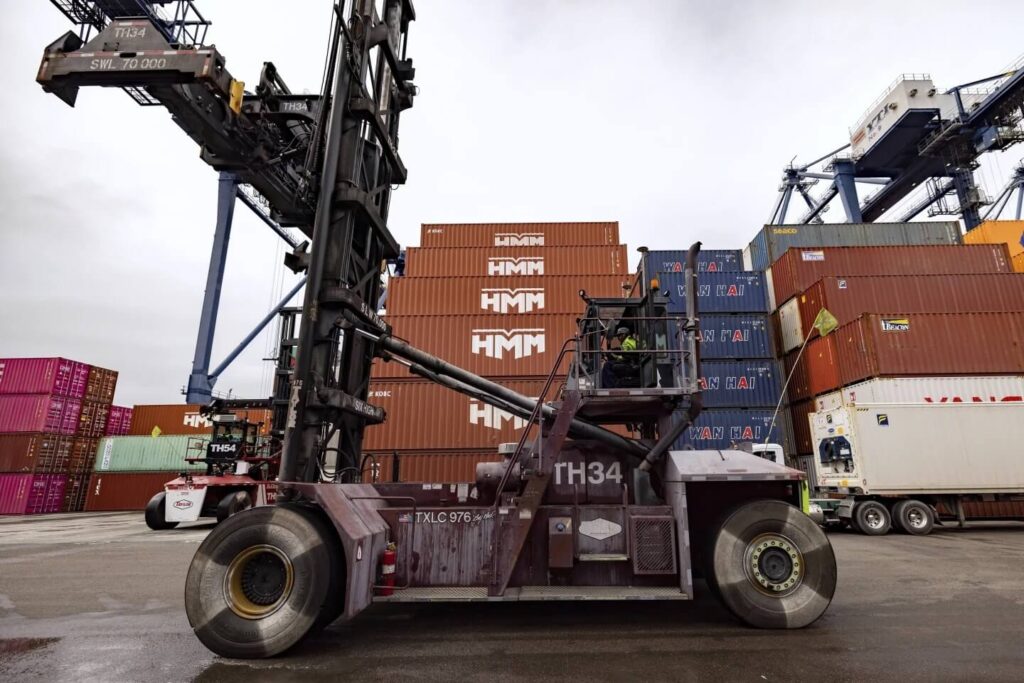America’s bustling ports, the crucial gateways for the goods we rely on daily, have long been significant sources of pollution. For decades, the diesel-powered machinery moving everything from cars to orange juice has spewed harmful emissions, impacting the health of nearby communities and contributing to climate change. However, a recent AP News article, “America’s ports have labored to clean up pollution. Will that continue?”, shines a light on ongoing efforts to change this narrative, with Yusen Terminals at the Port of Los Angeles serving as a prime example.
The article opens with a vivid scene at the nation’s largest port: “On a gray March afternoon at the Port of Los Angeles, the largest in the U.S., powerful electric top-handlers whir, beep and grind as they motor back and forth, grabbing trailers from truck beds and stacking them as they move on or off the mighty container ships that ferry goods across the Pacific. Some of the ships, rather than burning diesel to sustain operations as they sit in harbor, plug into electricity instead.”

This shift towards electrification, exemplified by the electric top handlers at Yusen Terminals, is a key component of the broader push to improve air quality around America’s ports. As the article points out, “The shift to electricity is part of efforts to clean up the air around America’s ports, which have long struggled with pollution that chokes nearby neighborhoods and jeopardizes the health of people living there.”
The urgency of this transition is underscored by the stark reality of the pollution’s impact. The article highlights that the nation’s “300 public and private shipping ports have been centers of pollution for decades,” with diesel-fueled equipment emitting “planet-warming carbon dioxide and cancerous toxins that contribute to heart disease, asthma and shorter life spans.” This pollution disproportionately affects the “31 million Americans living nearby, according to the EPA, often in largely Black, Latino and low-income communities.”


Fortunately, the article offers a glimmer of hope, noting that:
“Some ports have managed to get a little cleaner through state regulation, diesel pollution reduction efforts, international maritime requirements to cut emissions, and private investment.”
The $3 billion earmarked in the landmark climate law further fuels these efforts, providing crucial resources for continued progress.
The presence of electric top handlers at Yusen Terminals in the Port of Los Angeles, as captured in the AP photos, visually represents this positive shift. While the article acknowledges the long road ahead, the adoption of cleaner technologies and the dedicated efforts of ports like Los Angeles offer a promising outlook for the health of both the environment and the communities that live alongside these vital hubs of global trade. The question that remains, as the article title suggests, is whether this momentum can be sustained and expanded across all American ports.
Read the AP News article originally posted March 18, 2025 by clicking here.